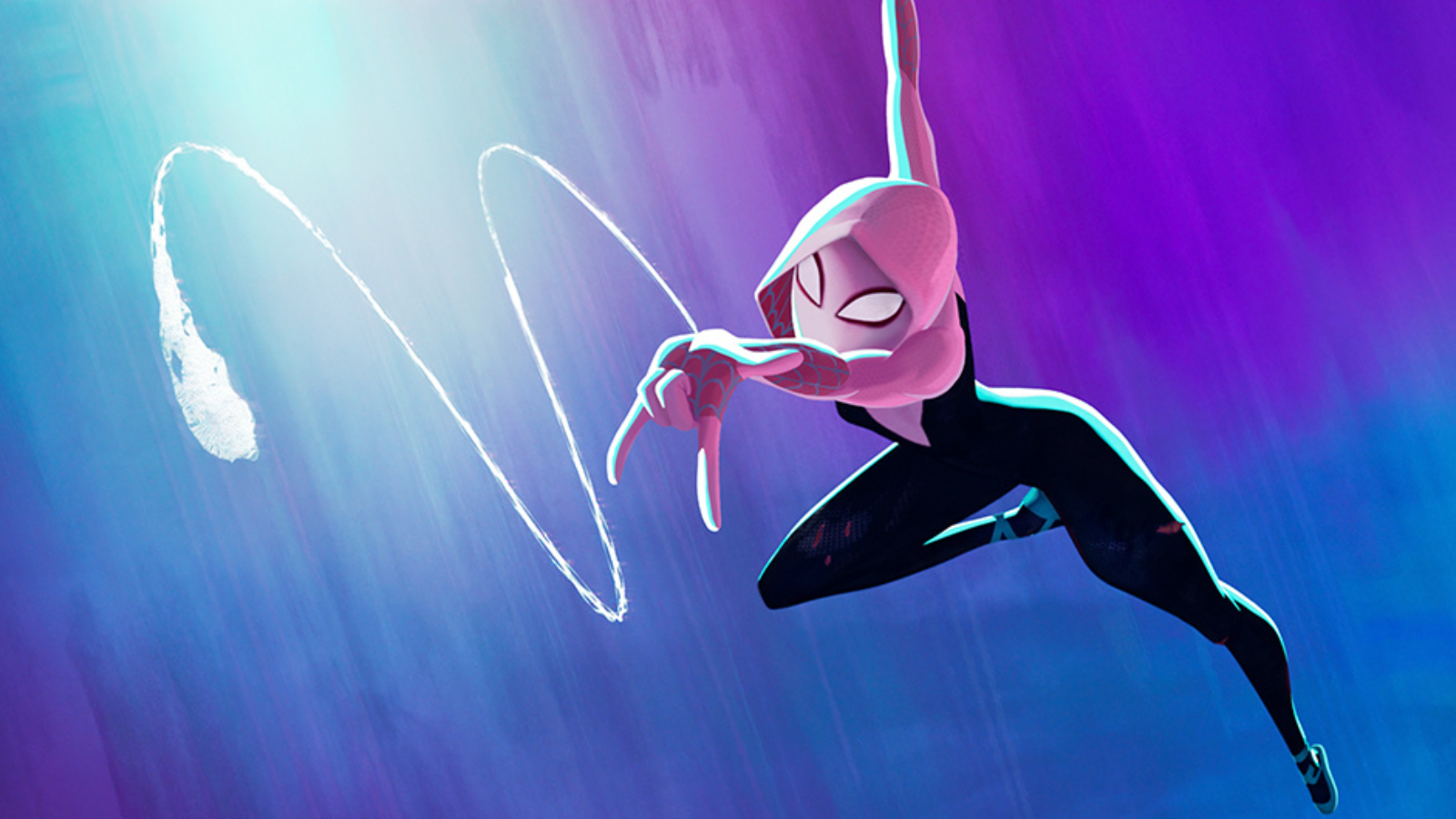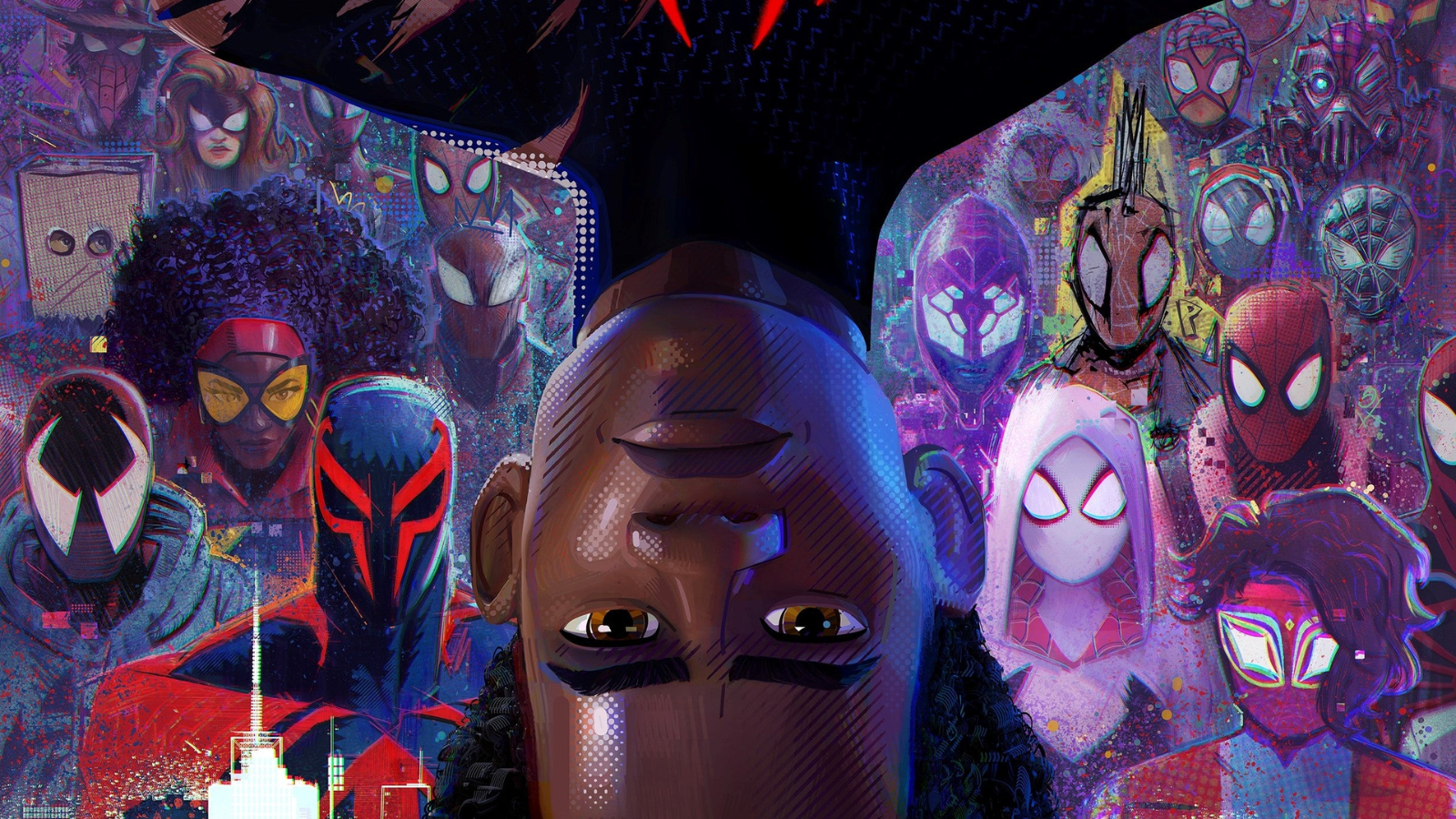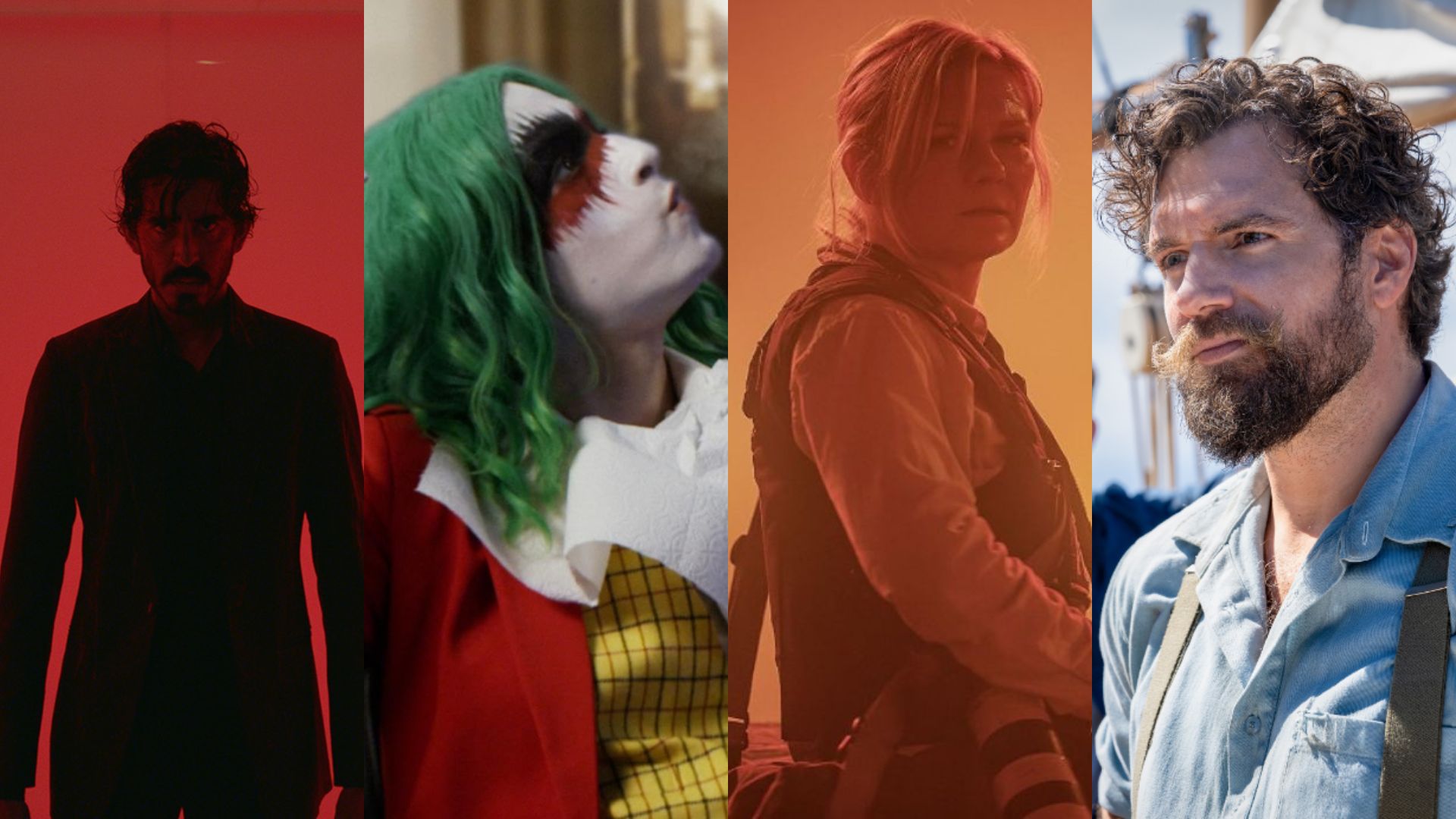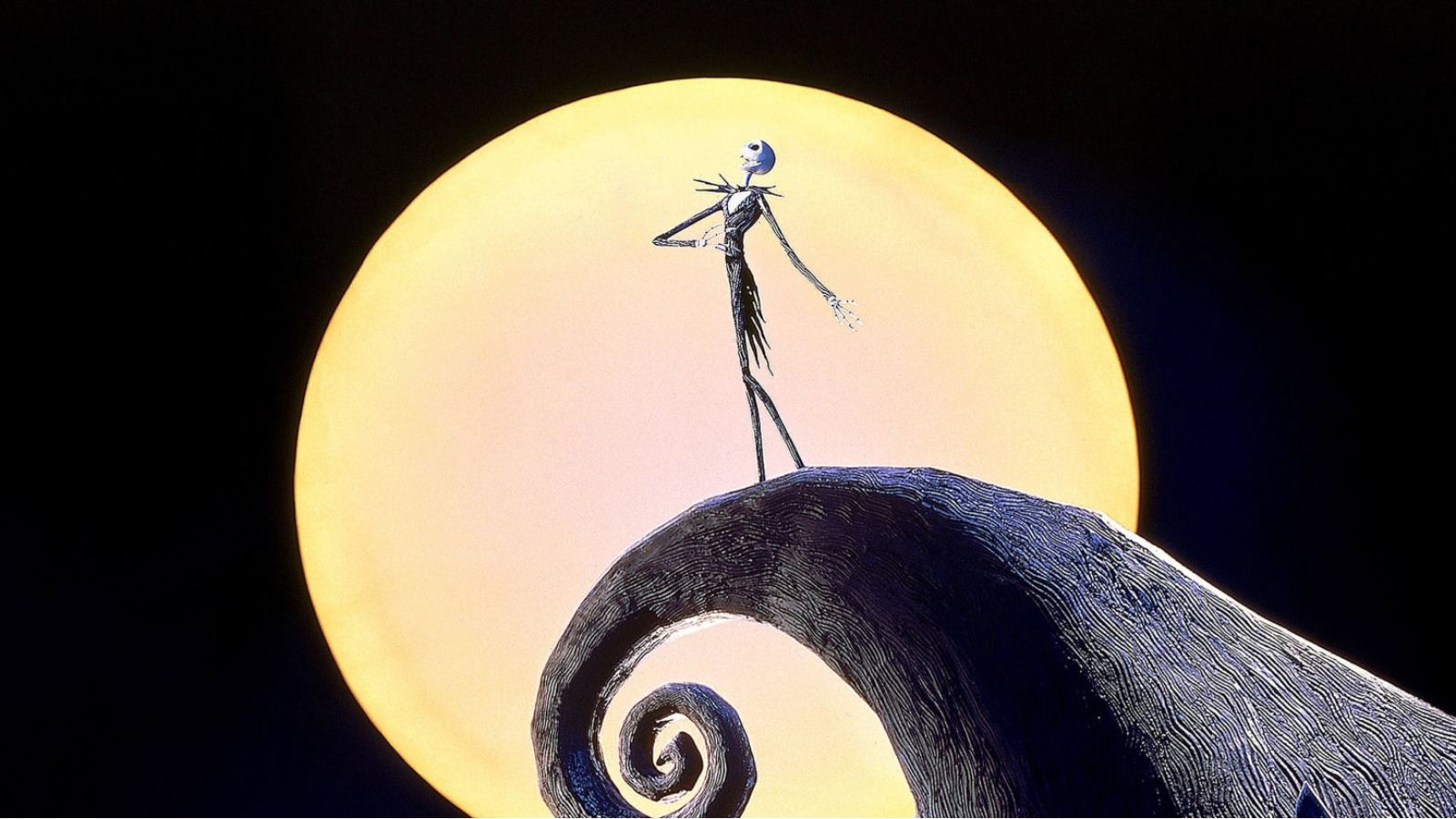Warning
The following contains spoilers for Spider-Man: Across the Spider-Verse!
Spider-Man: Across the Spider-Verse has surpassed the original in almost every way, with an incredible 96% score on Rotten Tomatoes. Across the Spider-Verse is also currently being ranked IMDb’s 12th Best Film of All Time – making it the second highest superhero movie, behind Christopher Nolan’s The Dark Knight. Almost every review agrees that Across the Spider-Verse improves on the original in every aspect, from the breath-taking animation, to the emotionally intelligent storytelling. However, there is one major element that has dampened a lot of positive responses to the film’s overwhelmingly positive reception… It’s ending.
Producers Phil Lord and Christopher Miller made it clear that Spider-Man: Across the Spider-Verse is the first half of a two part story. However, to many, the way Across the Spider-Verse decided to round off its finale felt abrupt, as the film ended with Gwen Stacy (Hailee Steinfeld) and a small group of Spider-People – including Peter B. Parker (Jake Johnson), Spider Ham (John Mulaney), Penny Parker (Kimiko Glenn) and Spider-Man Noir (Nicolas Cage) – racing off to save Miles Morales (Shameik Moore) from an alternate version of himself. This cliff hangar ending left many audiences feeling like the film did not receive any internal closure, like a much longer version of the movie was literally cut in half. However, Spider-Man: Across the Spider-Verse does contain an internal three-act structure, with a very satisfying conclusion, it just isn’t focused on Miles Morales.

For two movies to effectively serve as separate halves of an over-arching plot, they must contain two things: their respective halves of said over-arching plot, and their own internal plot with a beginning, middle and end (or whichever story structure the director prefers). Spider-Man: Across the Spider-Verse meets this criteria, however, its internal plot is overshadowed by the audience’s expectation that the film will revolve entirely around Miles Morales. Spider-Man: Across the Spider-Verse is Gwen Stacy’s movie.
Throughout Across the Spider-Verse, Gwen Stacy receives her own 3-act character arc. The movie opens with Gwen battling a renaissance variant of The Vulture -the iconic Spider-Man villain – in an art museum, with this Vulture’s appearance being caused by the collider in the original film. This cold open sets up the movie’s exploration of the multiverse (or Spider-Verse), however, the choice to open the movie with a prolonged introduction to Gwen Stacy’s universe frames her as the film’s central protagonist.
As outlined in Syd Field’s book Screenplay: The Foundations of Screenwriting, every movie needs an ‘inciting incident’ – a catalyst to the story’s primary narrative – which usually happens within the film’s opening 10-minute. Across the Spider-Verse‘s inciting incident is the reveal of Gwen Stacy’s identity as Spider-Woman to her father. Her father’s dedication to his role as a police officer, over his role as a father, leads Gwen to join Miguel O’Hara (Oscar Isaac) and Jessica Drew (Issa Rae) as a protector of the Spider-Verse, leaving her universe and her father behind.
As well as the physical inciting incident of Gwen traversing the Spider-Verse, the opening scene also features the inciting incident to Gwen’s character arc across the film. Gwen strives to be a Spider-Woman that people can take pride in. As stated by Hailee Steinfeld in a recent interview with the L.A Times:
“She’s becoming her own person and she’s only ever wanted that to be someone that her dad will be proud of.”
The middle point of Gwen’s 3-act structure comes when Miles discovers his father’s death is a canon event. The combination of Gwen’s sympathy and guilt, having kept it a secret from Miles, calls her to internally question the person she’s become and how her father would perceive her actions. This turning point leads Gwen to develop as a character, as she leaves Miguel O’Hara behind and sets out to save Miles and confront her strained relationship with her father. This advances the narrative to the conclusion of Gwen’s 3-act character arc, and the end of Across the Spider-Verse‘s internal plot, as she sets off to reconcile with her father and save Miles from the other Spider-People.

The beauty of Spider-Man is that anyone can put on the mask and embody the superhero, the primary thematic message of Into the Spider-Verse, which is best summed up by Stan Lee’s line in the film, “It always fits… eventually.” It is this ideology, that anyone can wear a [metaphorical] mask and personify the goodness of Spider-Man that has made him one of Marvel’s most popular characters, and is partly what inspired the creation of Miles Morales – the first black Spider-Man. As well as the hundreds of Spider-Man variants showcased in Across the Spider-Verse, the decision to make Gwen Stacy’s character arc the film’s internal plot serves this ideology.
Spider-Man: Across the Spider-Verse achieves what few film series can do, as it changes primary protagonists across sequels. As Into the Spider-Verse focused solely on Miles, with the other Spider-People acting as supporting characters, audiences expected Across the Spider-Verse to similarly focus on Miles, with Gwen and the other Spider-People remaining as supporting characters. However, to fulfil the previously stated criteria of two-part movies, Across the Spider-Verse needs an arc to focus on for its internal plot, as Miles’ story has been stretched across both films. This decision to focus the film’s internal narrative on Gwen Stacy, and the change in protagonists, reflects the Spider-Man ideology as, just like anyone can wear the mask and embody a superhero, so to can any Spider-Person become the primary protagonist.
With Gwen’s character arc complete, Spider-Man: Beyond the Spider-Verse is ready to draw Miles over-arching plot to an explosive conclusion as he confronts the alternate, Prowler version of himself. Spider-Man: Beyond the Spider-Verse hits theatres in March 2024.





































Leave a comment